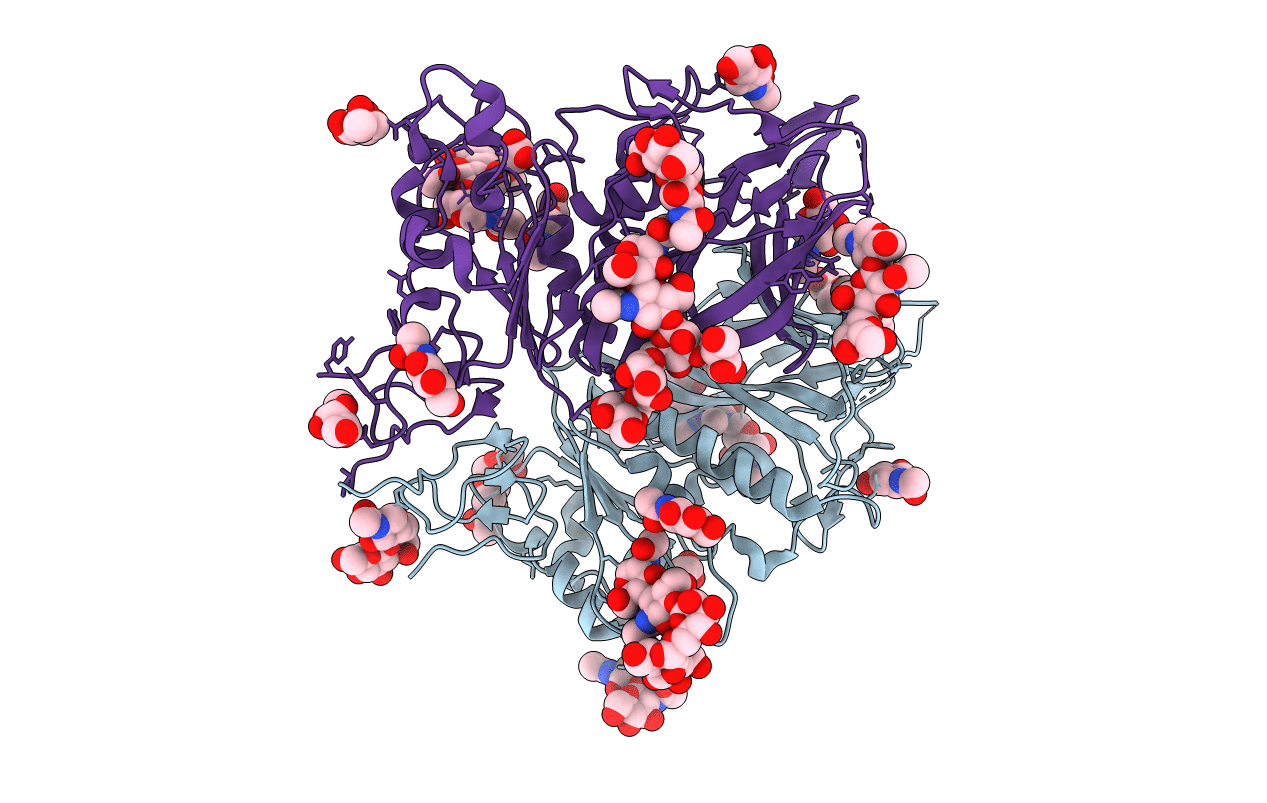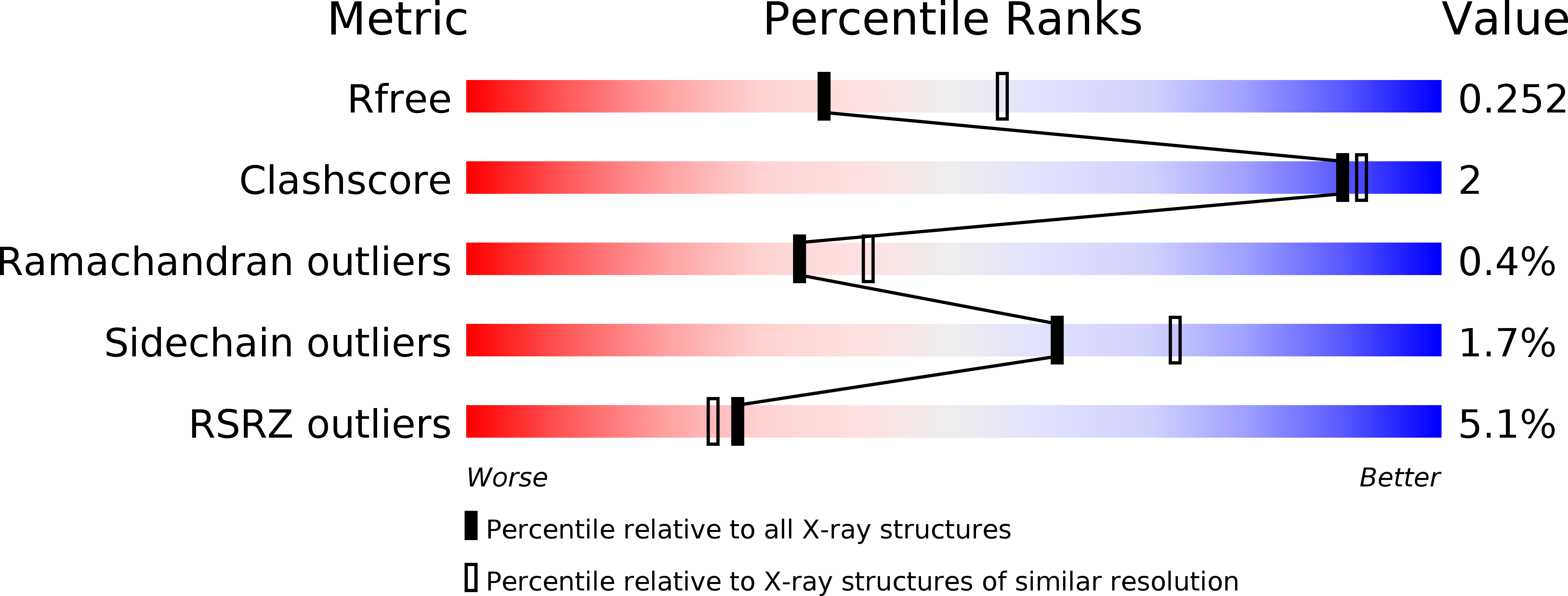
Deposition Date
2017-02-04
Release Date
2017-03-22
Last Version Date
2024-11-20
Entry Detail
PDB ID:
5N11
Keywords:
Title:
Crystal structure of Human beta1-coronavirus OC43 NL/A/2005 Hemagglutinin-Esterase
Biological Source:
Source Organism:
Human coronavirus OC43 (Taxon ID: 31631)
Host Organism:
Method Details:
Experimental Method:
Resolution:
2.45 Å
R-Value Free:
0.24
R-Value Work:
0.21
R-Value Observed:
0.21
Space Group:
P 32 2 1


